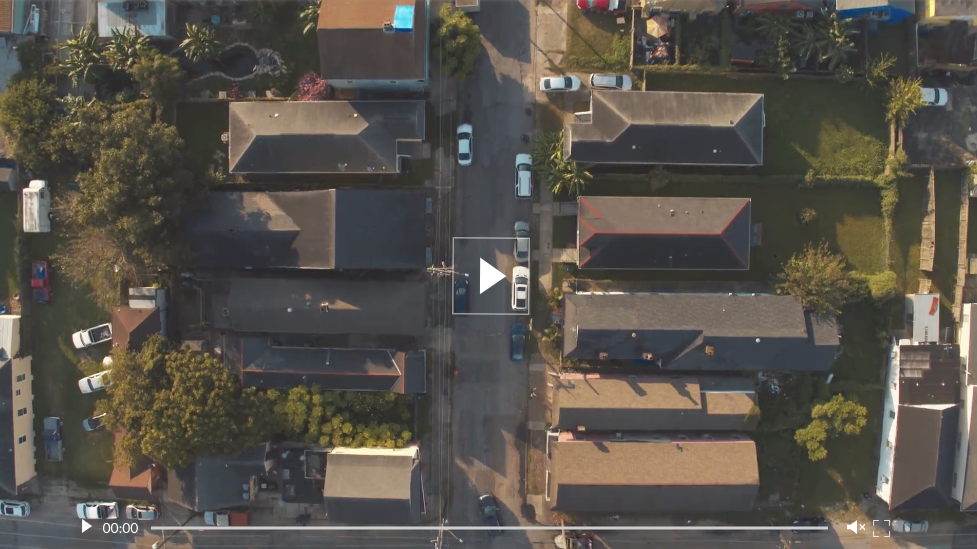The Analytics of Hope
Data-driven community development in New Orleans

Originally published on the Washington Post
There was a time, just a few decades ago, when the Claiborne Corridor was bustling. The string of neighborhoods that cuts across New Orleans nurtured a world-renowned jazz scene. Hundreds of black-owned businesses dotted tree-lined avenues, selling everything from insurance to gumbo. In its mid-20th century heyday, the area was nothing short of the cultural and commercial epicenter of the city’s African-American community.
Then came the freeway. Erected in the 1960s through the heart of New Orleans, Interstate 10 decimated the area. Businesses disappeared and prosperity waned—with long lasting effects. Today, Claiborne Corridor touches some of the most vulnerable parts of the city. Life expectancy is 10-20 years shorter than in communities just a few miles away. In Treme, a neighborhood along I-10, nearly 4 in 10 people live in poverty.
Yet the area is showing signs of revival, helped in part by a unique collaboration among local decisionmakers, community leaders and data scientists that is uncovering critical new insights about the area. These changemakers are putting together on-the-ground information, open-source data and insights from anonymized and aggregated transaction data to better understand the Corridor’s economic ecosystem. Neighborhood development efforts appear to be paying off—consumer spending and store openings in the area have risen sharply since 2015, according to a recent analysis. Community leaders say the insights can help them court new investments and make more informed policy choices that lead to meaningful benefits for everyone in Claiborne.
Analytics-driven work is helping fuel inclusive growth in the historic area. This is the story of that revival.

